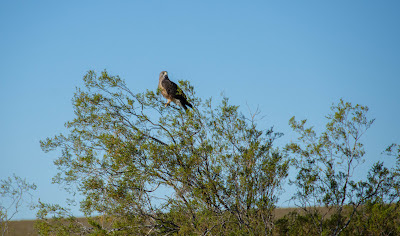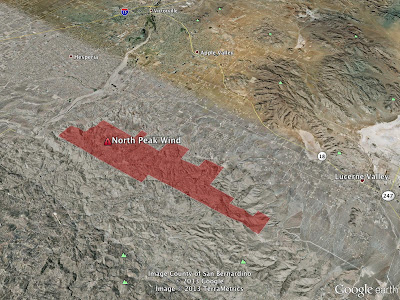Another Golden Eagle Killed by Industry

Basin and Range Watch learned from the Bureau of Land Management that another golden eagle was killed, this time at the Spring Valley Wind project built in Nevada's Great Basin desert. The project -- owned by Pattern Energy -- was built on remote desert wildlands despite concerns from environmental organizations that it could jeopardize a large population of Mexican free-tailed bats. Spring Valley Wind began operations last year. The wind project is only permitted to kill one eagle, and another eagle death could require the project to curtail operations, although enforcement and compliance are doubtful. A raptor perches on a creosote bush in the Mojave Desert. The golden eagle death in Nevada occurs less than two months after NextEra's North Sky River wind project in California killed its first golden eagle, only weeks after beginning operations in the Tehachapi Mountains. The North Sky River wind project industrialized potential California condor habitat, and was bui




